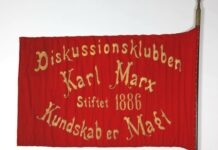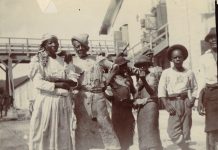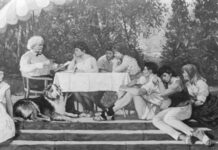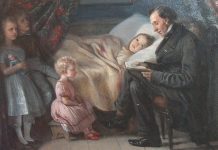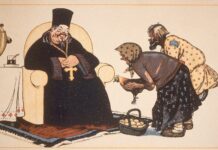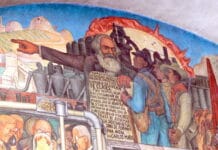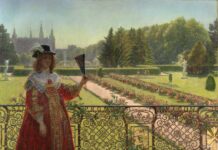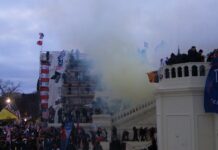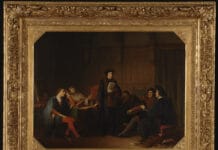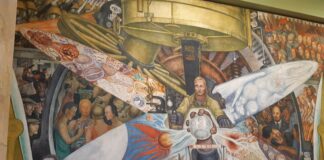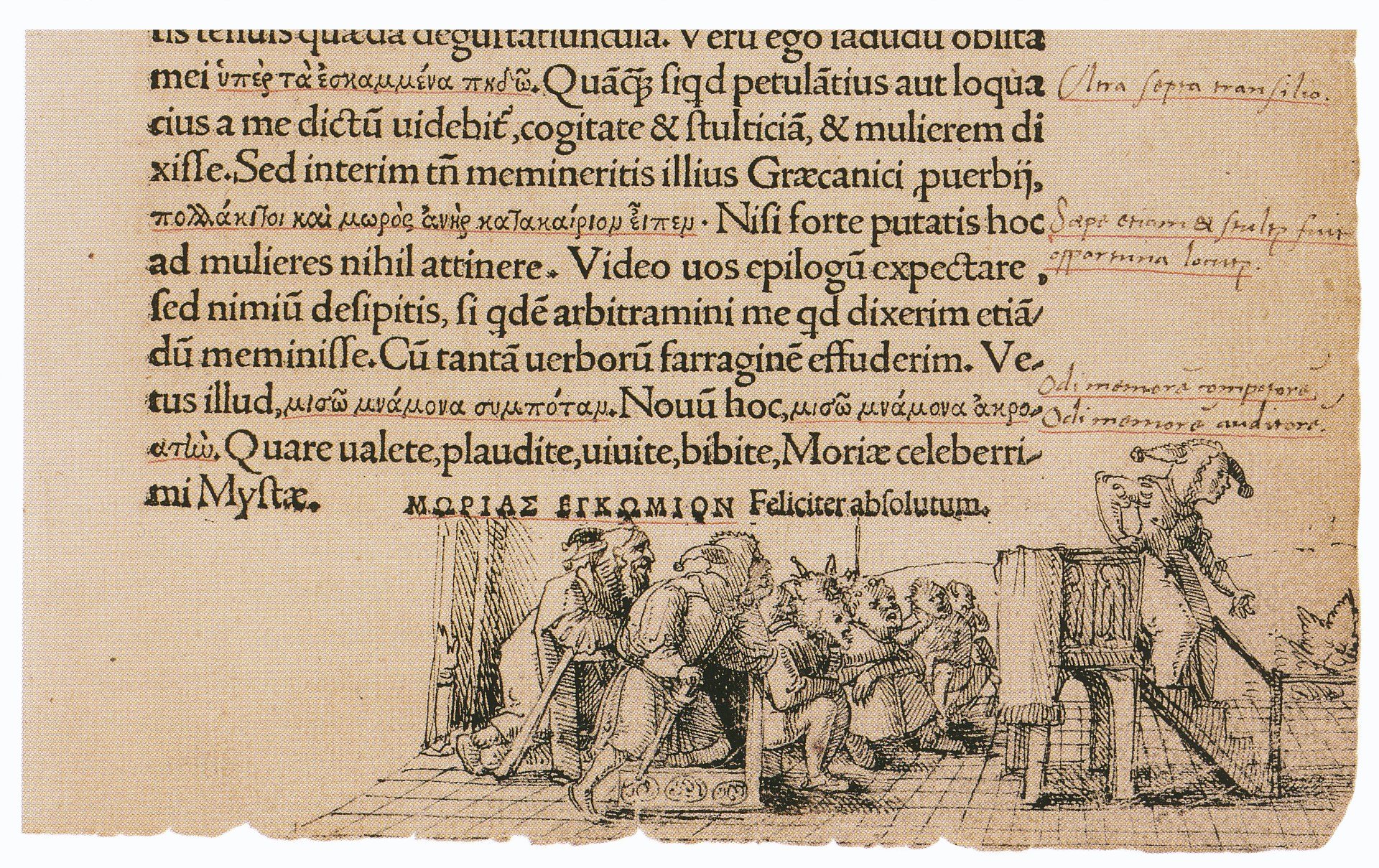
Socialistisk Biblioteks Tidslinje med links til begivenheder og personer i 1509.
Se også Index over personer, organisationer/partier og værker (som bøger, malerier, mm.), steder, begivenheder, mv., der er omtalt på hele Tidslinjen, titler og indhold på emnelisterne osv.
September 1509
Under besøg hos Thomas Moore i England færdiggør Erasmus af Rotterdam Dårskabens Pris.
Link:
Historisk analyse af “Dårskabens pris” af Erasmus af Rotterdam .. (Historieblog, 24. september 2014).
‘The Praise of Folly’ by Desiderius Erasmus (1509). A Selection from The Praise of Folly by Desiderius Erasmus (A History of the Presentananthology, february 2013)
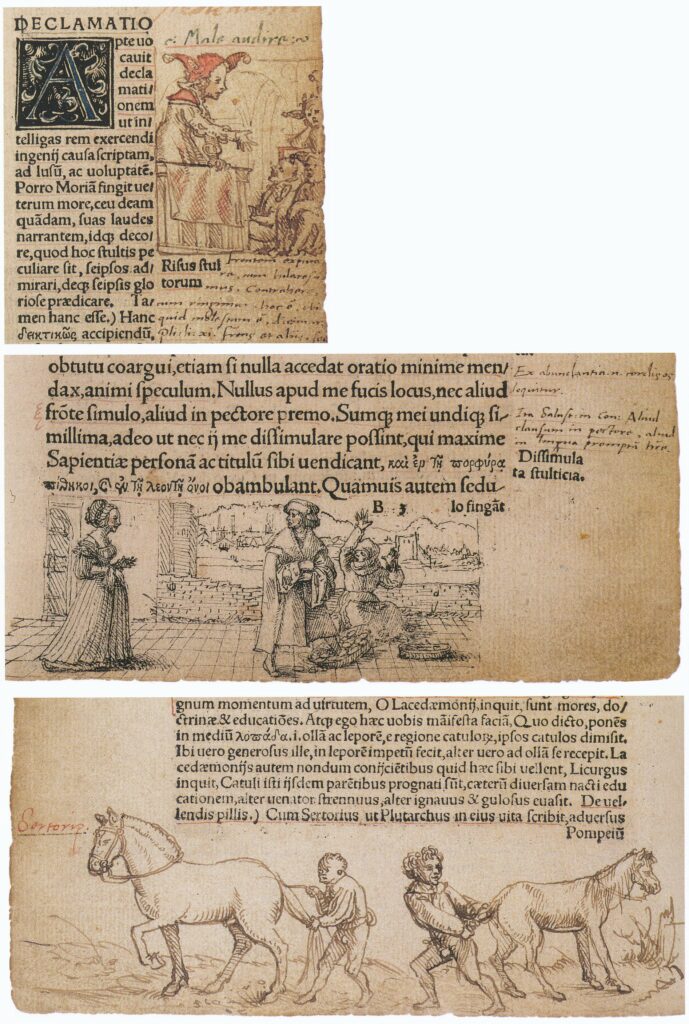
Fra British Library er oplyst: ‘The Praise of Folly’ was written in September 1509 when Erasmus was staying with his friend Thomas More in London. It was first printed in Paris in 1511, by Gilles de Gourmont. The first edition of the Colloquia, unauthorized by Erasmus, was published in Basel by Johannes Froben in 1518
